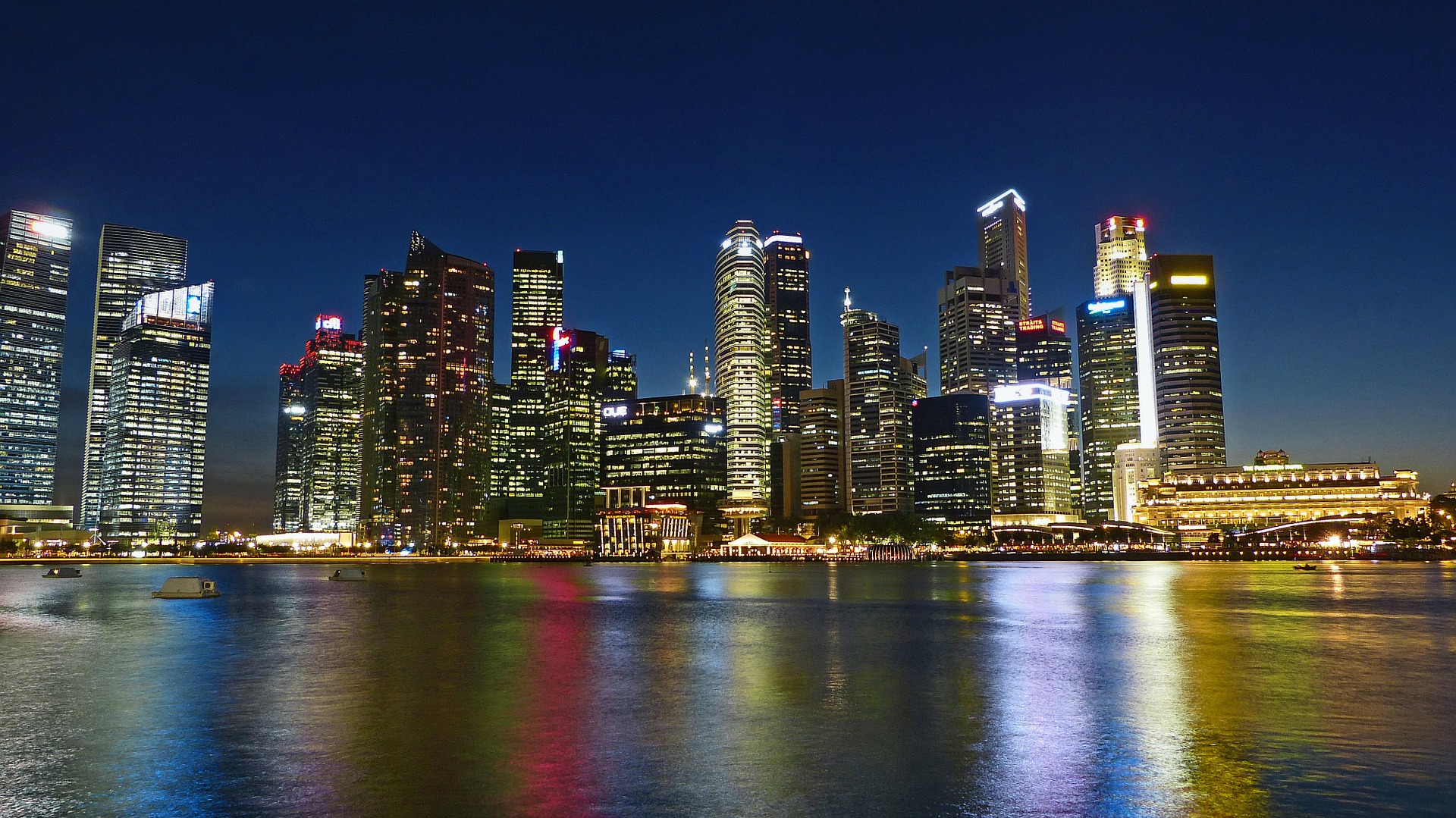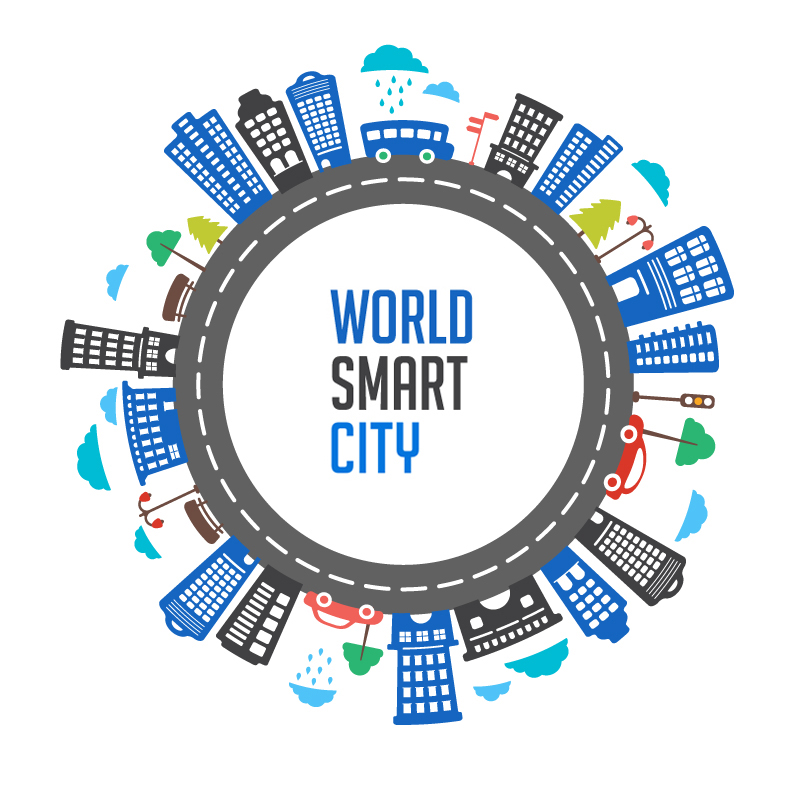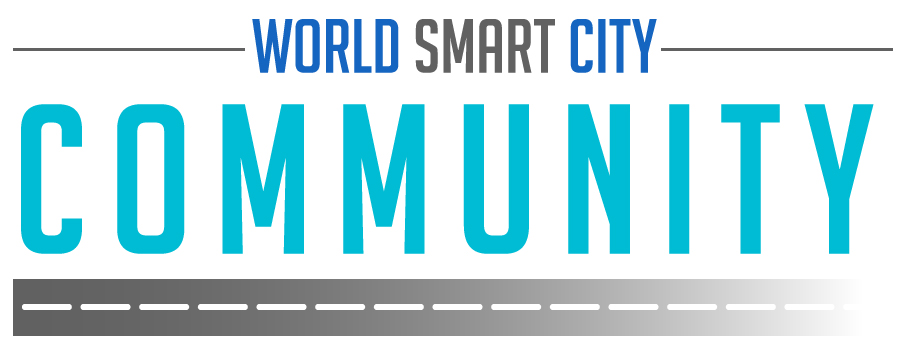The most underutilised source of data for smart cities
How an upgrade to existing technology can now provide a wealth of insights to drive growth and efficiency, while keeping people safe
By Mark Jules, VP, Smart City and Public Safety Solutions, Hitachi Insight Group
The value of data and analytics to improve efficiency is well understood. What resource manager doesn’t want to do more with what he or she has, especially if it’s funded with public money? For city planners, traffic and transport managers, and retail shopkeepers alike, making the best use of assets is not only a necessity; it’s a competitive advantage.
Imagine what transport managers could do with ubiquitous information about how people get around the city–by car, train, bus or foot–to understand how the city’s assets are being used to help them, and how they could be used better. Imagine what local retailers could do with similar data–about foot traffic and walking direction–to help them choose their location and market their shops. Imagine what cities could do with usage statistics for public spaces and infrastructure, and how public safety officers could use alerts and insights to respond faster and with the right number of personnel when incidents arise.
Many cities are deploying many different types of sensors to generate information, but an often-overlooked yet ubiquitous source of data can provide a wealth of alerts and insights from a single sensor –the humble video camera. A tried-and-true technology, video cameras already serve as vicarious eyes and ears in many locales, helping provide situational awareness to those who keep people and property safe. These cameras can now be equipped with video analytics–computer vision and intelligence that turn video cameras into essentially internet of things (IoT) sensors that have the potential to generate a variety of insights and alerts from a single source.
Data analytics have long been used to glean behavioural insights about visitor traffic, dwell time and click behaviour on websites, but we have struggled to gain the same level of insight into the world around us. Solutions such as Hitachi Video Analytics (HVA) software are bringing these digital insights to the real world by delivering a comprehensive suite of analytics that provides useful information from video data, allowing managers to recognise patterns, make predictions, and ultimately devise solutions that optimise urban life, based on data-driven insights.
Solving real-life word problems
By synthesising data from already installed public and private video cameras, HVA can analyse the movement of humans and vehicles to help cities become more liveable. For example, how many metered on-street parking spaces does a downtown retail area need? Is it one space per family of four? Or do we have to solve for a new unknown, such as the number of commuters who have decided to use Uber, Lyft or other transport network system? In which case, where double parking is increasingly causing traffic issues, some parking spaces should instead be converted to unloading zones.
Right now, there are already too few parking spaces: 30 percent of traffic is people looking for a place to park. But as we move from an ownership society–everyone owns their own car–to an access society–people rely on public transport and private distributed networks of drivers–maybe the answer is fewer, better-managed parking spaces, rather than more of them. Cities will have to continually re-evaluate multiple aspects of transport planning, from how many parking garages to license to how many buses they deploy and over what routes. Cities can also generate new data that can help developers create apps so commuters can make smarter decisions. Imagine if a transit app not only told you when the next few busses were coming, but also how full they were, so you could choose the one that got you a seat. Hitachi Video Analytics can help cities generate this data, with scenario-specific algorithms that improve accuracy and reduce the number of false positives.
Public infrastructure, like spacious sidewalks and well-placed park benches, helps make cities inviting, but with multiple options competing for the same tax dollars, city planners have to allocate budgets wisely. For installations from water fountains and bus stops to advertising signage or kiosks, video analytics can help them decide when they’ve hit the “Goldilocks” solution that’s “just right” before they reach the tipping point of under-deploying or over-investing.
From a livability standpoint, retail is crucial to any thriving downtown core. Shop owners and commercial real estate developers can use the data generated from Hitachi Video Analytics about foot traffic and activity to their benefit, whether choosing a location or planning their marketing tactics. Analysing how shoppers navigate streets and sidewalks can help store owners make smarter decisions about where they situate their shops or advertisements, or how much rent property owners can command. Individual retailers can maximise their investments in floor space and inventory by tracing the rate at which customers enter their store and which products or displays attract and hold their interest. When this information is merged with point of sale data to calculate the conversion rate, retailers can essentially A/B test their stores, making smarter decisions about what to sell and how to arrange the merchandise.
As travellers spend more time preparing for flights, airports are becoming retail centers too, capitalising on a captive audience of consumers by beefing up the food, beverage and shopping destinations they host in their terminals. Hitachi Video Analytics can make that investment pay off for both passengers and businesses by tracking the length of queues, optimising staff at security checkpoints or enhancing passport control processes in customs–when passengers can get through lines more quickly, they spend more time enjoying attractions in the terminal.
One need for cities and citizens that underlies all of these challenges is safety. Video has long been used by public safety departments for situational awareness, but with Hitachi Video Analytics, video becomes a force multiplier and source of real-time alerts that help officers respond more effectively. Intrusion alerts, left-behind object detection, license plate recognition, and facial recognition help agencies proactively address crime and find dangerous suspects before they get away–all to ensure that our cities are safer for all of us.
Higher math for changing habits
It has been said that you can’t manage what you can’t measure. This maxim is even more relevant in our current period of rapid innovation, when we need to benchmark from historical numbers, measure the present accurately with real-time data, and analyse the resulting patterns so we can get out ahead of change. Hitachi Insight Group is dedicated to supporting all sectors of business and society as they are transformed by advances in digital technology. Our comprehensive video analytics solution is designed to help cities, transport agencies and retailers make smarter decisions that improve efficiencies, reduce waste, and fuel innovation. It leverages Hitachi’s rich industrial heritage and extensive expertise in both operational technologies (OT) and information technologies (IT) to deliver IoT solutions for better outcomes.
Smart cities offer the promise of a better quality of life for citizens, with thriving societies and economies, powered by actionable insights from data analysis enabled by the internet of things. With the ability to understand our questions before we leap to answers that are sometimes based on outmoded assumptions or emotionally loaded rhetoric, we can do more and do it better, optimising outcomes while keeping people safe and making the best use of our precious resources.
For more insights visit www.cities-today.com and join the conversation on Twitter: @cities_today.


